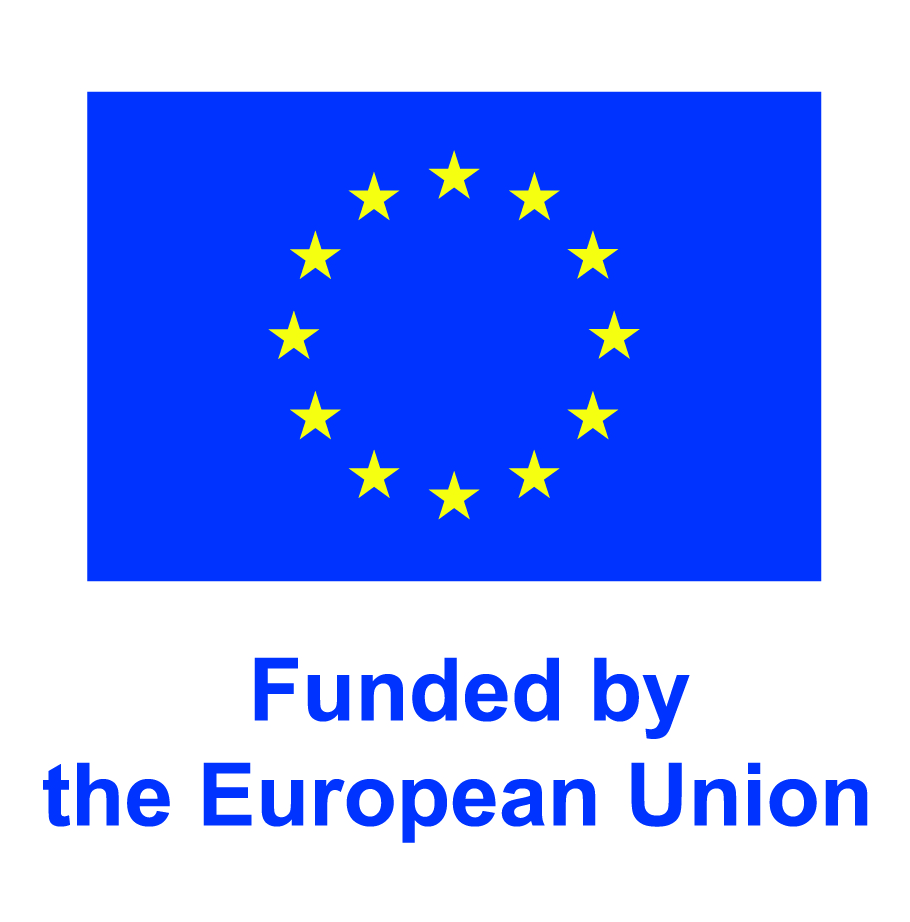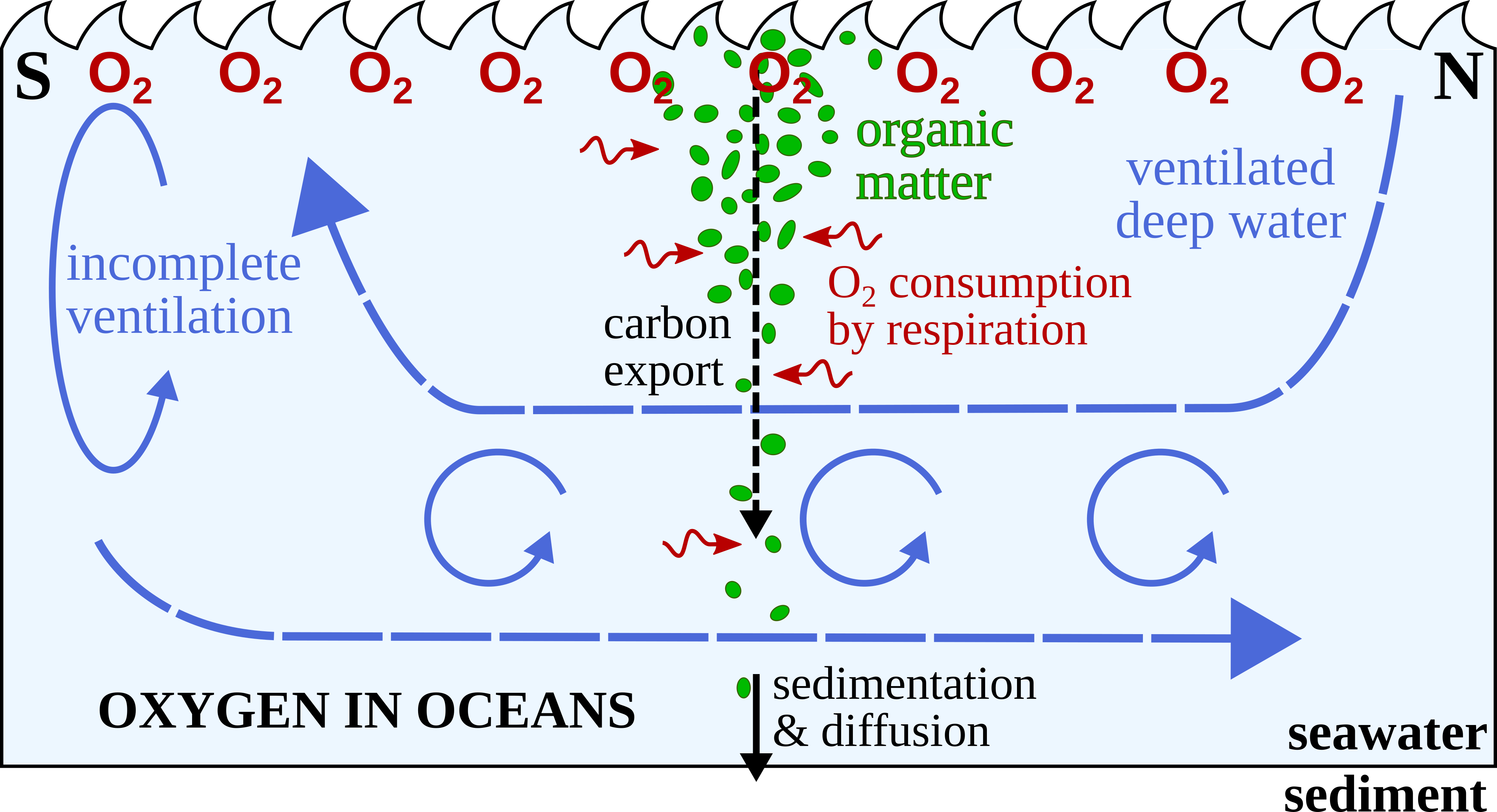
OxyQuant is a research project funded by the European Commission’s Marie Skłodowska-Curie Global Postdoctoral Fellowship scheme. It will last three years - the first two years at the Institute of Earth Sciences at the University of Lausanne, Switzerland) and the last year at GEOMAR Helmholtz Centre for Ocean Research Kiel (Germany).
Within the OxyQuant project I aim to develop a geochemical toolkit with which we can gain quantitative information about ocean water oxygen concentrations from the composition of marine sediments. With such a toolkit, if we applied it to older, deeper buried marine sediments, we would be able to reconstruct deep ocean oxygenation in the past. My aim is to use this toolkit in order to investigate deep ocean oxygenation, carbon storage, and circulation during the peak of the last ice age, circa 21 thousand years age.
I will sample sediment cores from diverse biogeochemical settings within their upper sections. Ideally, these sections will be as young as possible, but should definitely be of Holocene age. Furthermore, the redox front (the sediment depth where pore water oxygen is consumed) lies within the sampling interval, so that samples above and below the redox front can be used.

Oxygen enters the ocean at the sea surface and is important for all aerobic life in the oceans. It is supplied to the deep ocean by deep water formation and distributed with ocean currents. Microbes that live from organic matter falling from the surface ocean (marine snow) also consume oxygen. The availability of oxygen in seawater away from the surface thus depends on supply from physical advection and consumption from biological respiration.